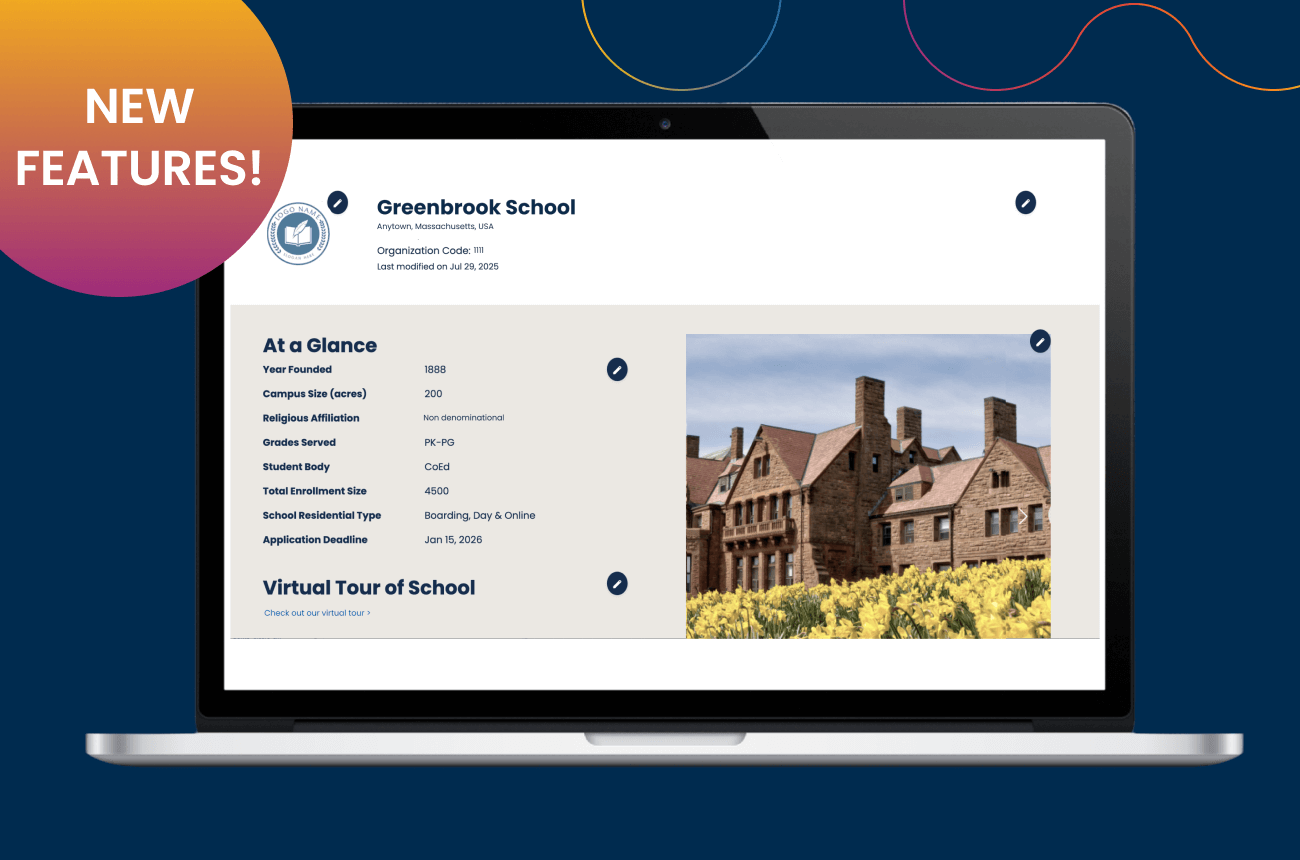Best Practices: Transparency

From Memberanda, Spring 2013
Philip Ballinger, Director of Admissions at the University of Washington, said: "Transparency is not easy. It can be contentious, time consuming, uncomfortable and even embarrassing. However, it is never lonely and is always liberating. When what you decide or do in the enrollment area is transparent broadly speaking, then your policies and practices will be polished by the friction of common discourse and debate" (Reflections on the Topic of Transparency, College Board, 2010). Inspired by these words, Memberanda shines a spotlight on two member schools demonstrating valuable transparency in their admission process.
Loomis Chaffee School: How Much Is It Going to Cost?
Nancy Cleary, Director of Financial Aid at the Loomis Chaffee School in Windsor, Connecticut, has been publishing a family contribution distribution chart on the school’s web site for the past three years. She finds it extremely helpful in putting the school’s varying tuitions (day/boarding, grade level, etc.) into a more tangible context for families. Nancy says, "People get misled when you talk about how much a family is ‘getting.’ This way, the tuition cost is irrelevant, and you are talking only about how it will impact the family…what they will actually pay." For Nancy, the major advantage is that families can get a sense of how much they might qualify for without actually filling out the Parent Financial Statement (PFS) or without getting a child’s hopes up in the admission process. The only challenge in this approach is shifting families toward thinking about how much they will pay versus how much aid they might receive. "It’s hard to get families to think in these terms, because they are so programmed to talk about how much financial aid they got, or will get. It’s definitely a paradigm shift, but one that is a much better gauge for a family in terms of making an informed decision about their financial future." When asked by her peers if the chart gives families false expectations around what their award might be, Nancy explains, "I rarely have this experience with families."
Ransom Everglades School: How Important Are SSAT Scores?
Amy Sayfie, Director of Admission at Ransom Everglades School in Miami, Florida, publishes an "admission profile" each year that includes SSAT score data, financial aid statistics (including the average award amount), a school-wide ethnic breakdown of students, and data on the number and types of feeder schools that were represented in previous entering sixth grade classes. Amy appreciates a family’s need to know just how important SSAT scores are at Ransom and says that it was vital for their office to be transparent about the role of testing in their admission process. As she notes, "We wanted to demonstrate that there is not a cut-off score and to emphasize that a student’s academic record, SSAT scores, personal interview, teacher recommendations, and potential community contribution are all considered as we shape a class of 150 sixth graders each year." Amy believes that by being transparent about Ransom’s use of admission test scores, she has encouraged many families to apply who otherwise wouldn’t have due to Ransom’s strong academic reputation and high admission standards. Amy notes: "Specificity around SSAT data frames valuable conversations with prospective families in order to make the admission process a more informed and less anxious one."




